

Sorbsan Silver Flat is a sterile, non-woven, calcium alginate wound dressing, impregnated with silver, high in Mannuronic acid and low in Guluronic acid.
The fibres of Sorbsan Silver Flat swell and form Sodium-Calcium alginate gel in contact with wound exudate. The gel:
- Provides a moist wound healing environment1
- Conforms to the contours of the wound2,3
- Atraumatic dressing removal3
- Promotes haemostasis4,5
- Minimises disruption to newly formed tissue6
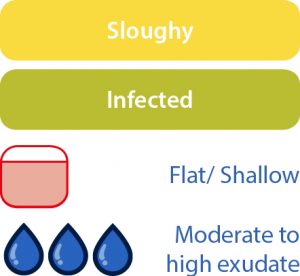
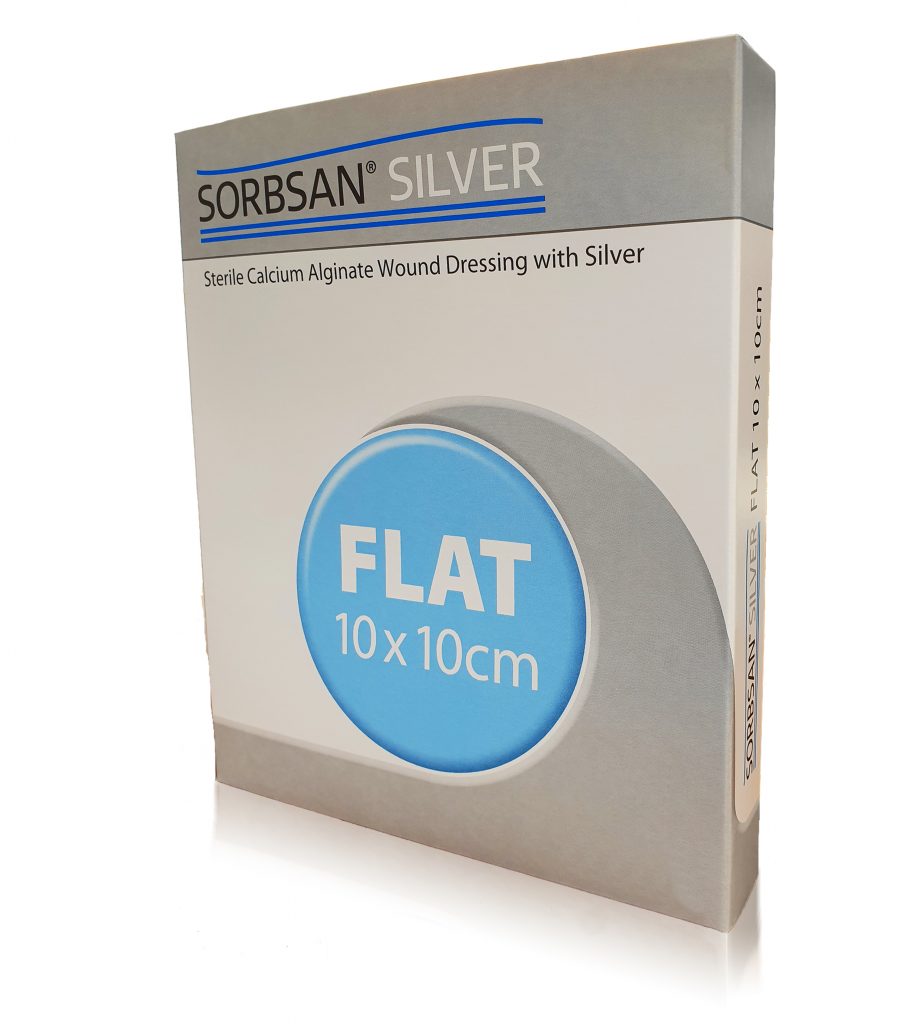
INDICATIONS FOR USE
Sorbsan Silver Flat is intended for use of breached dermis, where the wounds can heal only by secondary intention:
- Flat or shallow wounds
- Infected wounds (when moderated heavily)
And is therefore suitable for the management of:
- Partial and full thickness wounds
- Arterial, venous and diabetic leg ulcers
- Pressure ulcers
- Post-operative wounds
- Fungating lesions
- Following toe-nail avulsions
- Donor and graft sites
- Traumatic wounds
CONTRA-INDICATIONS
Do not use on patients with a known sensitivity to silver or calcium alginate dressings.
Sorbsan Silver Flat should not be used in conjunction with topical medicine.
Sorbsan Silver Flat should not be used with heavily bleeding wounds.
Sorbsan Silver Flat should not be used as a surgical swab.
Always refer to the IFU provided with the dressing before use.
Application
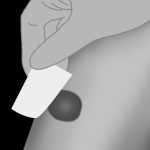
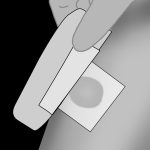
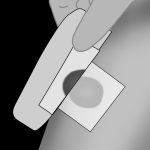
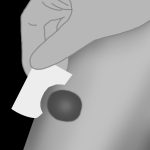
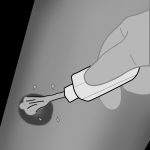
Ordering Information
| Product code | Dressing | Size | Qty | PiP code | NHS code |
|---|---|---|---|---|---|
| AG1400 | Sorbsan Silver Flat | 5cm x 5cm | 10 | 327-0824 | tbc |
| AG1410 | Sorbsan Silver Flat | 10cm x 10cm | 10 | 327-0816 | tbc |
| AG1415 | Sorbsan Silver Flat | 10cm x 20cm | 5 | 327-0808 | tbc |
References
1. Clayton, C. An evaluation of Sorbsan Silver for use as an antimicrobial wound dressing. Proceedings of Wounds UK, Harrogate 2009
3. Thomas, S Alginates Update on Alginates. Journal of Woundcare May/June Vol.1. No.1 1992
4. Duward,R. Dr. and Clark, M Prof. Novel methods for measuring the ability of wound dressings to contribute to blood coagulation. Poster and presentation EWMA 2012
5. Gove, J. A multicentre study examining the role of calcium alginate dressing in bleeding and chronic wounds Poster presented at EPUAP,EWMA 2012
7. Hedger, C. Can patients who are enrolled into a multicentre study demonstrate improved clinical outcomes and cost effciency savings? Poster Wounds UK 2012
9. Hampton, S . A clinical evaluation of Sorbsan Silver in wounds colonised with Pseudomonas Au EWMA presentation and poster 2012
